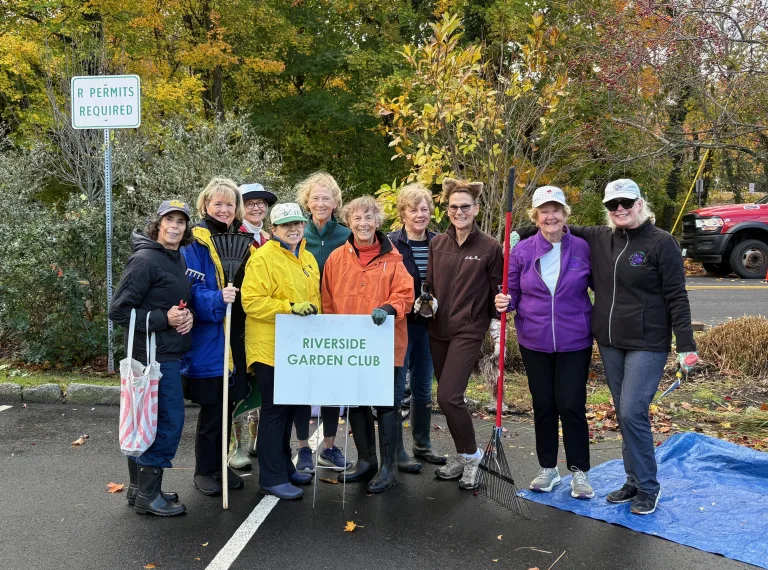By Beth Barhydt
Gov. Ned Lamont committed on Friday to reactivating Connecticut’s Severe Cold Weather Protocol, which had lapsed on January 10, ensuring protections for vulnerable populations ahead of an anticipated cold front next week. This decision follows urgent appeals and reports of a homeless individual’s preventable death due to exposure during freezing temperatures.
John Hamilton, CEO of Liberation Programs, highlighted the tragedy of a man served by his organization who froze to death after being turned away from a full shelter. “This tragedy was 100% preventable,” Hamilton said. “Reactivating the protocol can make the difference between life and death for our most vulnerable neighbors.”
Laurence Allen, who collaborated with Hamilton to raise awareness about the protocol’s lapse, said he spoke with Lamont earlier in the day. “Ned expressed concern to learn that the Cold Weather Protocol had expired. He committed to reactivating it within one day to prepare for the cold weather expected next week. This will save lives,” Allen stated.
The protocol, triggered by National Weather Service forecasts of sustained single-digit or below-zero temperatures, coordinates emergency shelter operations and ensures resources are mobilized to protect those most at risk. During its lapse, shelters and warming centers were not operating at full capacity, leaving many vulnerable to harsh conditions.
Gov. Lamont announced the protocol will take effect beginning at 6:00 p.m. on Sunday, January 19, and remain active through 12:00 p.m. on Friday, January 24. Temperatures during this period are expected to remain below freezing, with overnight lows dropping into the single digits or below zero. “Meteorologists are telling us that this coming week may bring the coldest weather Connecticut has experienced so far this season,” Lamont said. “Shelters and warming centers are available across the state, and transportation can be arranged if needed.”
The Protocol’s Purpose
The Severe Cold Weather Protocol, outlined by the Connecticut Division of Emergency Management and Homeland Security, is designed to coordinate state and local responses to extreme cold. Upon activation, it ensures:
- Towns are encouraged to open warming centers during the day.
- Alerts are sent to shelter providers, emergency management directors, police, fire chiefs, and first responders.
- Resources, such as warming centers and overflow shelters, are tracked through WebEOC, an emergency management platform.
- 211 coordinates access to shelters, warming centers, or hotel accommodations if necessary.
- Transportation is arranged through DSS’s contract broker or ride-share services as a last resort.
The protocol mandates collaboration among agencies including the Department of Housing, the Department of Social Services, the Department of Mental Health and Addiction Services, and the Connecticut Coalition to End Homelessness. Outreach teams are tasked with assisting individuals and arranging transportation to shelter facilities.
Looking Ahead
State agencies are mobilizing to implement measures before the cold front arrives. The protocol aims to prevent further tragedies by ensuring shelters and warming centers operate at full capacity. If no shelter space is available, hotel accommodations will be provided. Transportation will also be arranged for those in need.
How to Get Help
If you or someone you know needs assistance during extreme cold, call 211 or visit 211ct.org to connect with local shelters, warming centers, and other resources. Transportation arrangements can also be made through 211, and emergency services are available for anyone in immediate danger.




